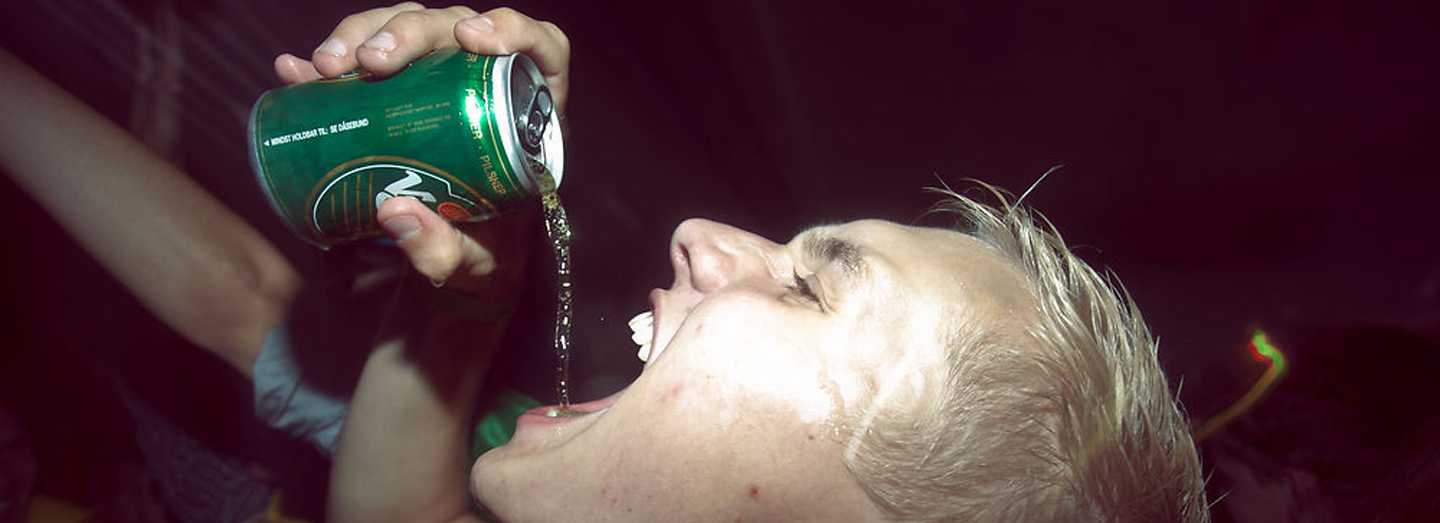
Virtual reality to help combat youth drinking
For many years, young Danes have occupied first place in European alcohol consumption statistics, but now virtual reality will teach young people to say no to alcohol.
By Birgitte Dalgaard, bird@tek.sdu.dk
Beers are on the table. Music is playing. You are sitting on a sofa beside the most popular boy in the class: "Let's have another one!" - What do you do?
Researchers at the University of Southern Denmark will use virtual reality glasses to equip young people to resist the social pressure to drink alcohol.
- Young Danes hold the European record for drinking alcohol, and group pressure is given as one of the most common reasons for young people to start drinking and to continue doing so. Therefore, it is important to focus on giving young people competences to resist social pressure so that they drink less, says Associate Professor Christiane Stock from Health Promotion at SDU.
According to the researchers, virtual reality is a completely unique teaching tool for giving young people an insight into why it is difficult to say no. Something they do not reflect on when they are drunk or suffering from a hangover.
Like being there in real life
- Virtual reality gives you an intense experience of being in the situation. When you have the glasses on, you really get a feeling of being there. We can give young people a unique tool to investigate the social mechanisms surrounding parties and drinking, so they're ready to face the next real party, explains Associate Professor Gunver Majgaard from SDU Embodied Systems for Robotics and Learning.
The researchers have received DKK 2,100,000 from TrygFonden to make a virtual reality simulation for mobile telephones. Using a 360-degree camera, the researchers will film an authentic party.
When the young people put on VR glasses or cheap Cardboard, they will have the experience of being at the party. They will be talked to directly. And they will have to make decisions, just like at an ordinary party.
- By using the mobile's touch function, you can say yes to a drink or you could choose to go to the toilet instead. As the units are consumed, the young people can follow their current blood alcohol level on the screen, and we can make a realistic scenario where they start to fall over chairs. In the video, the young people have the option of going back and changing their decisions before they completely lose control, says Gunver Majgaard.
Tool to avoid drinking
It can be difficult to say no to another drink if the class's most popular person encourages you to drink with them, but the researchers want the virtual video to give young people some concrete tools to avoid drinking more alcohol. This could include starting to dance, changing the music or going to the toilet.
- The target group for the project is young people between the ages of 16 and 20 as this group has shown itself to be particularly vulnerable to group pressure. We will of course involve this target group in making the VR video to be sure that we're creating a realistic youth universe, says Christiane Stock.
FACTS
Research project: Developing and Testing a Virtual Reality Based Tool for Training of Alcohol and other Drug Resistance skills
Grant provider: TrygFonden
Amount: DKK 2,100,000.